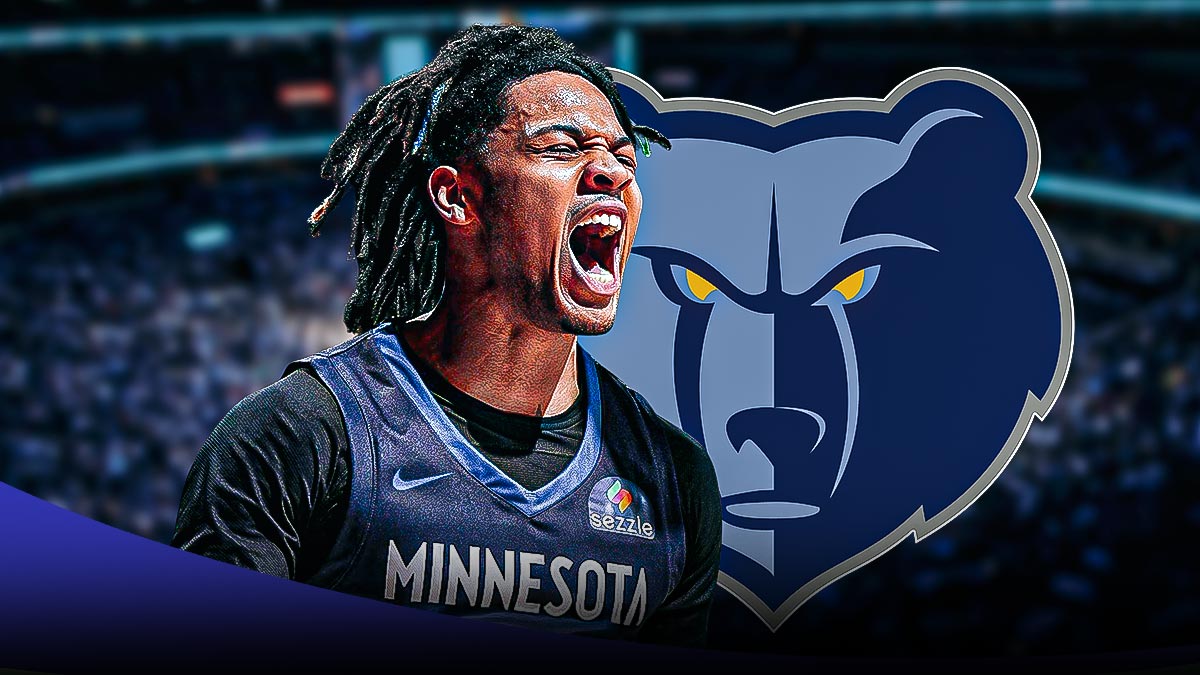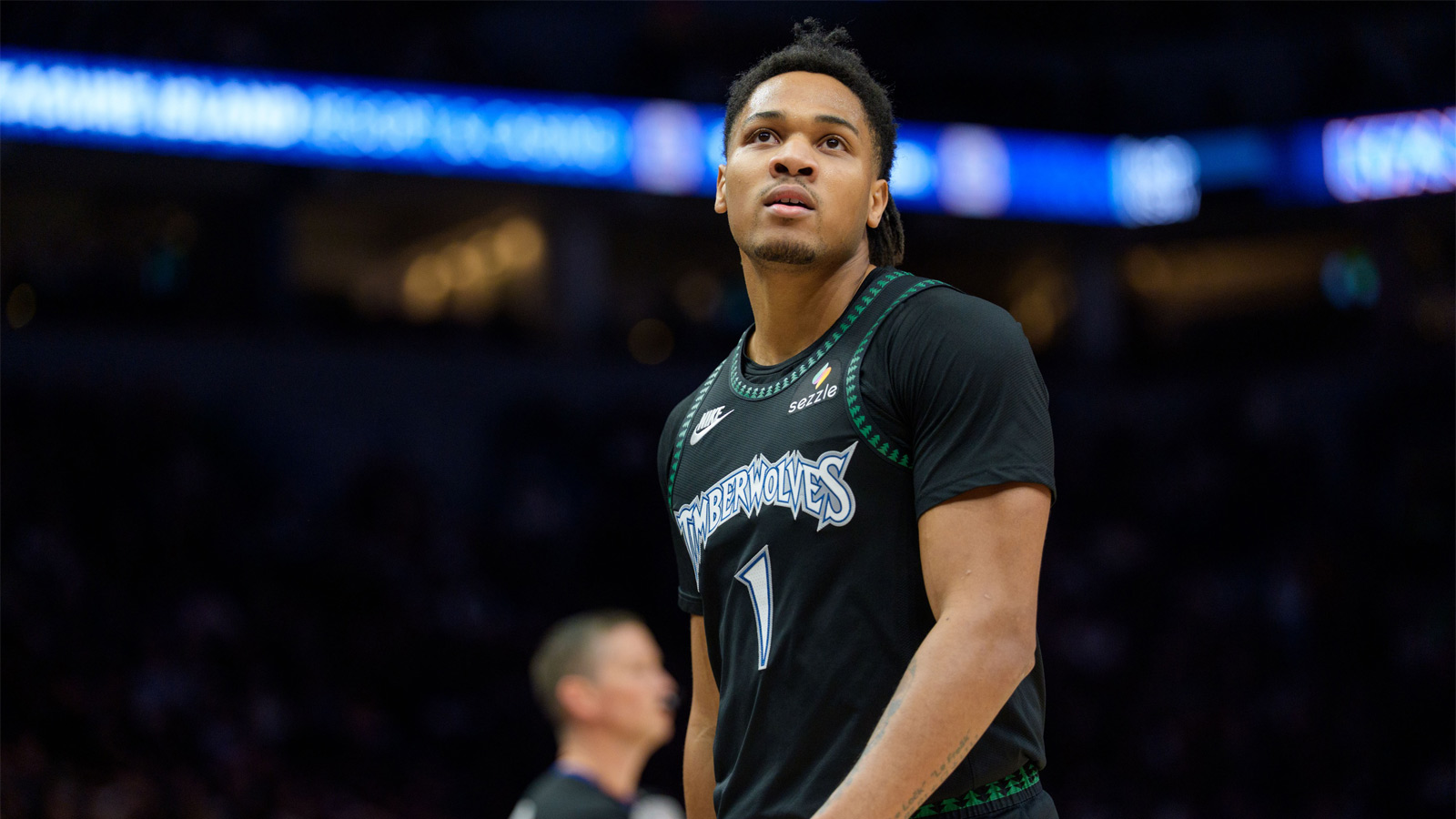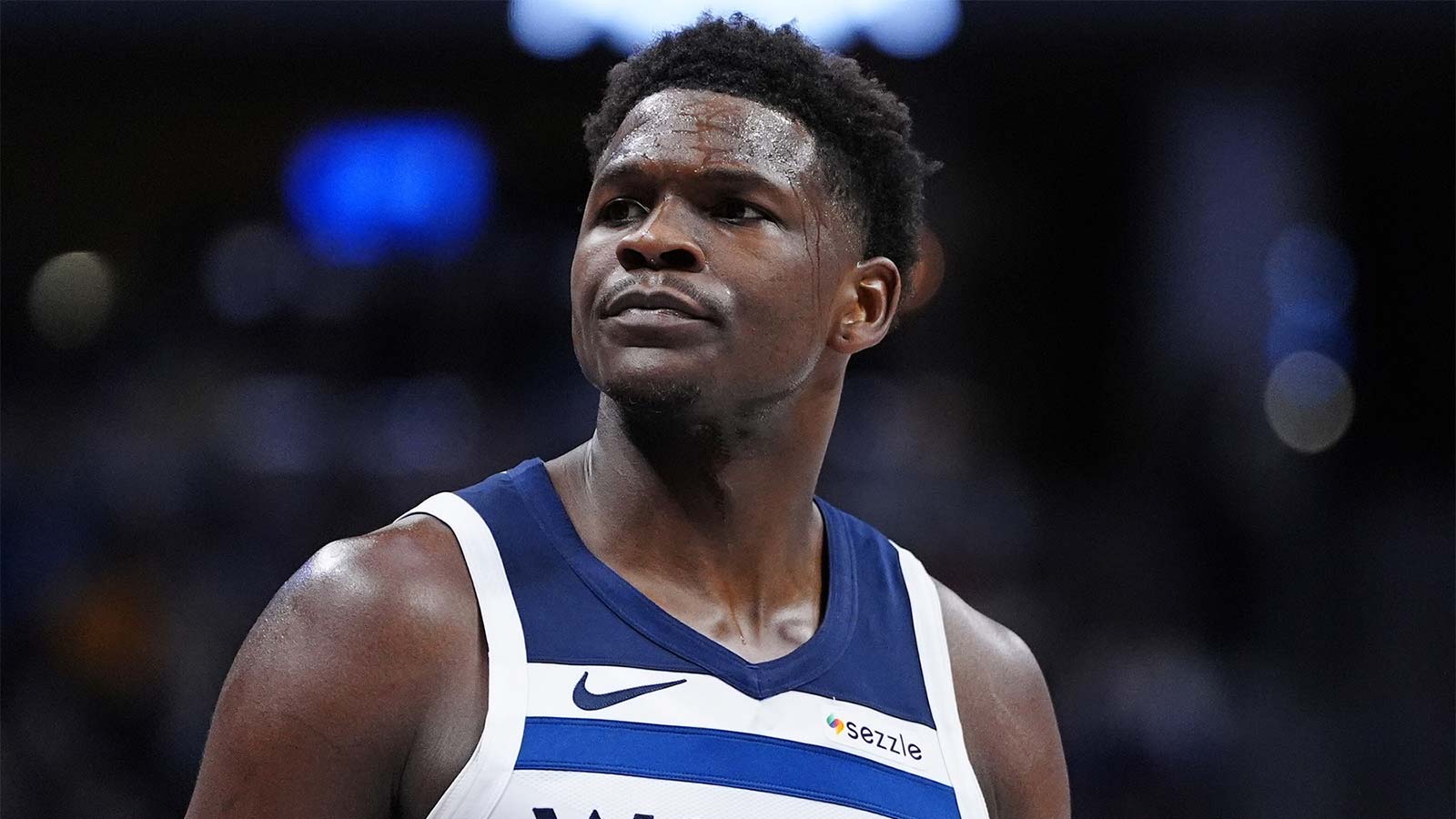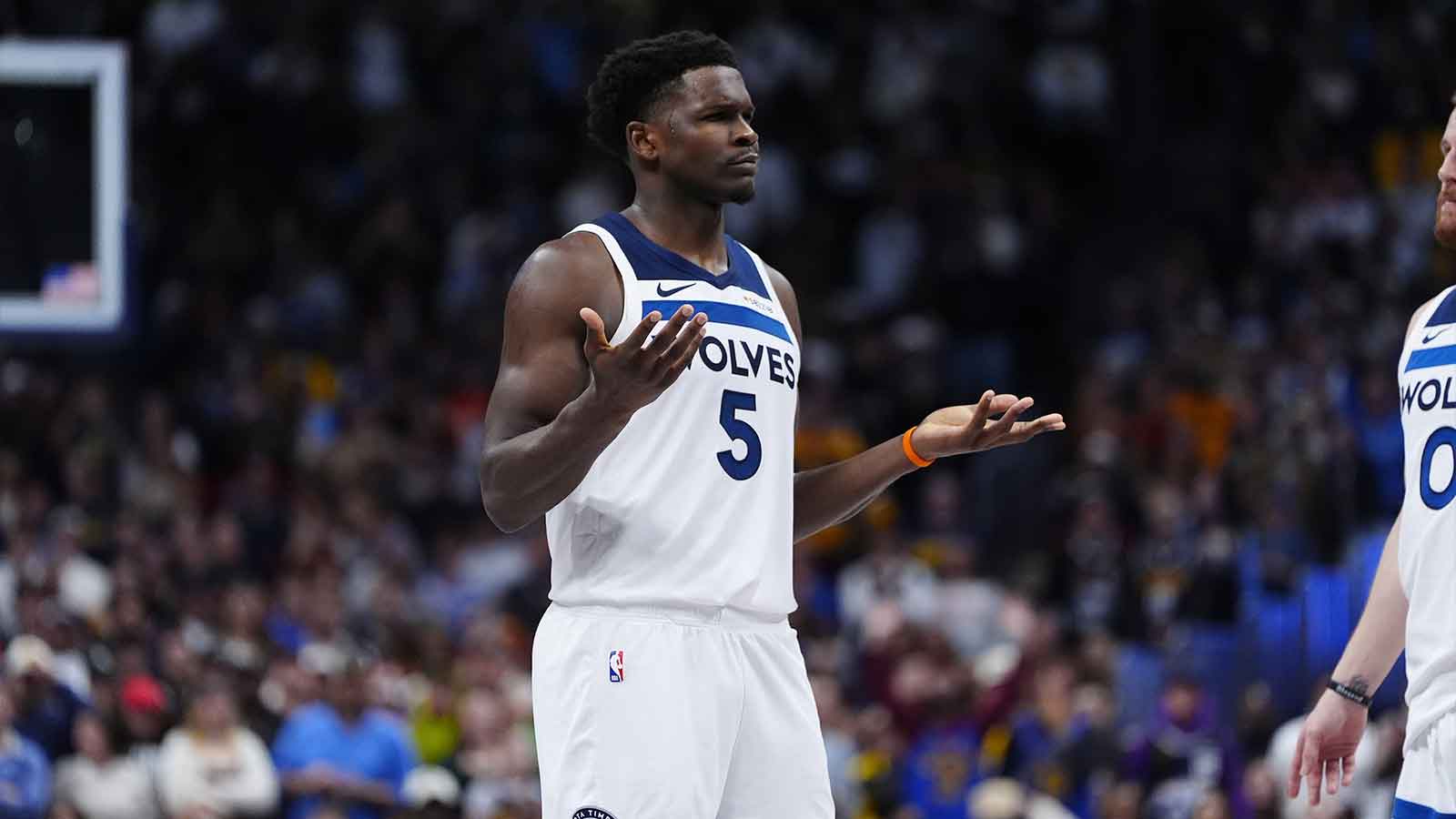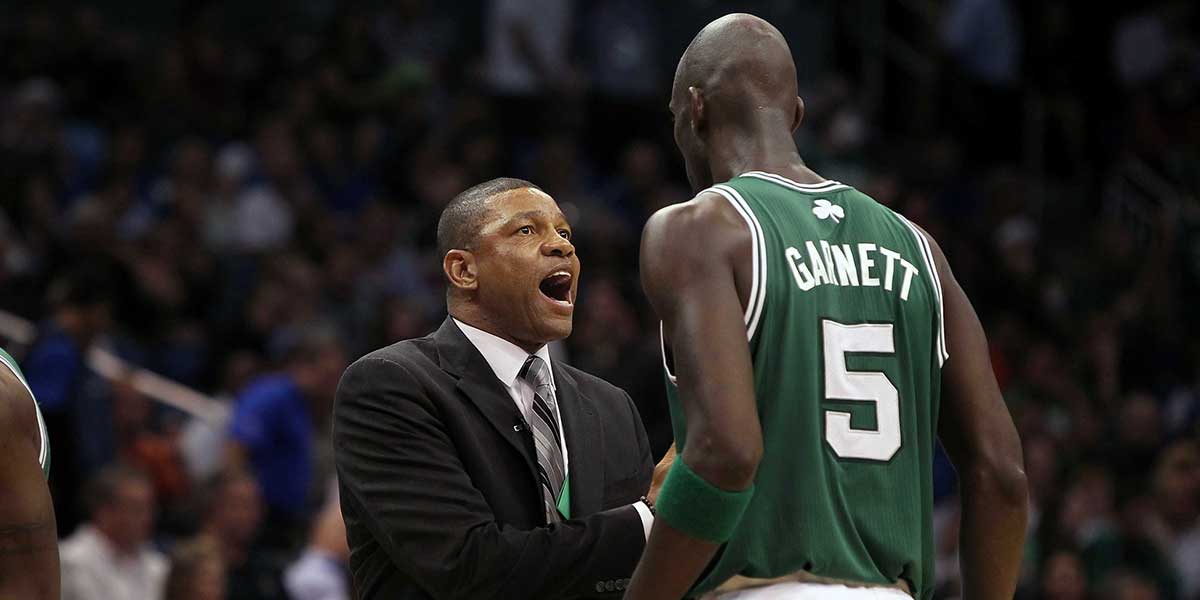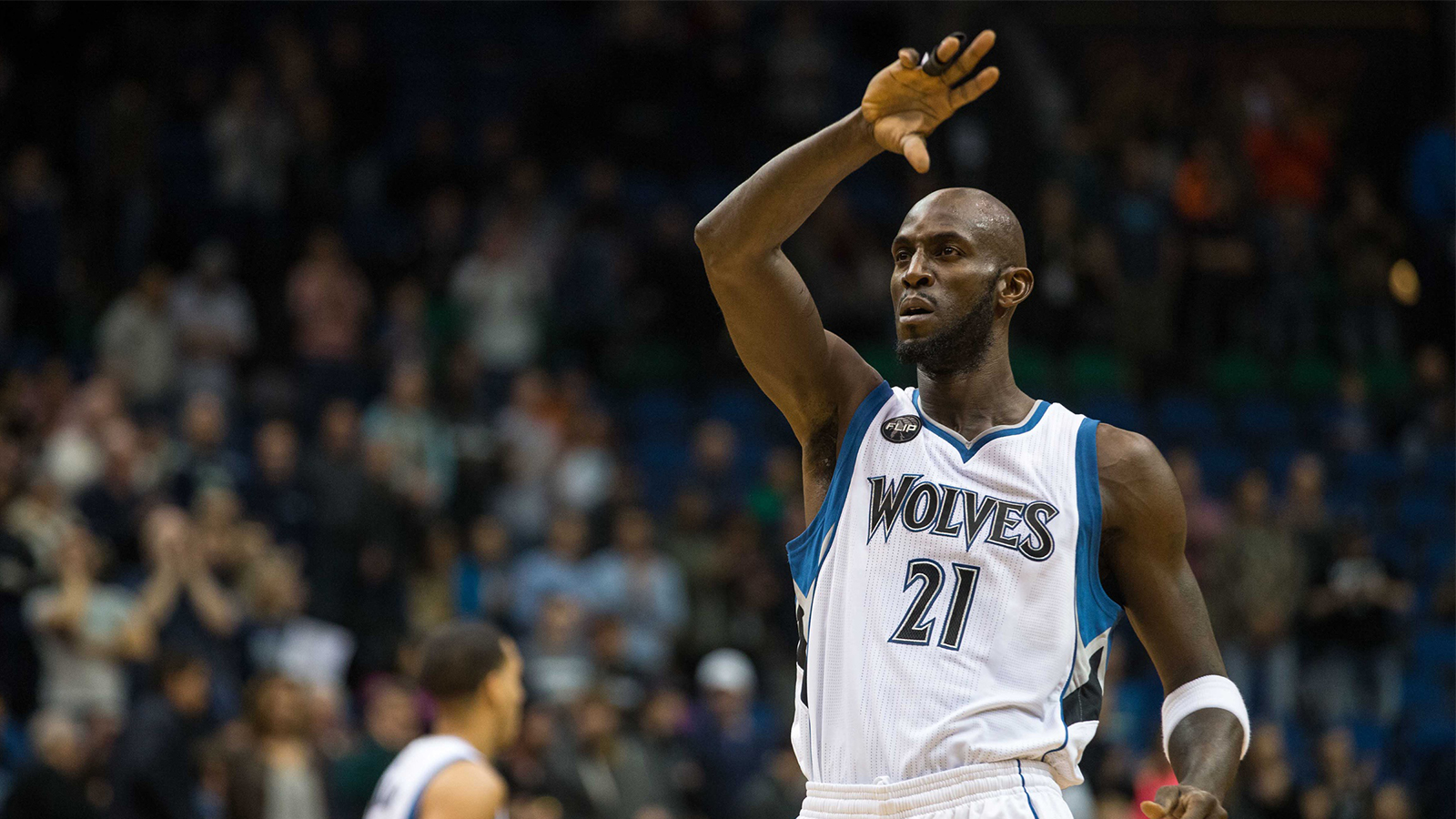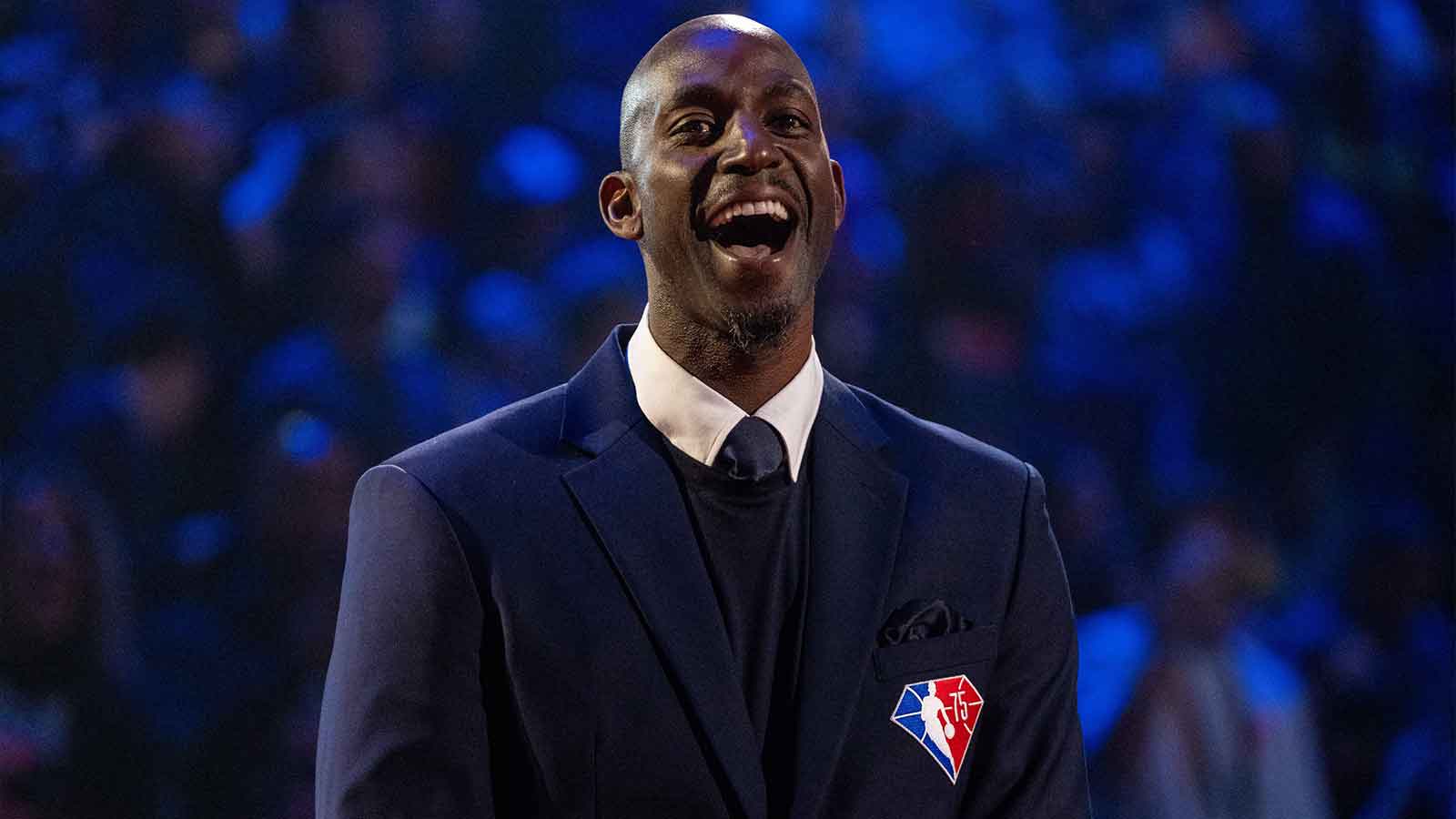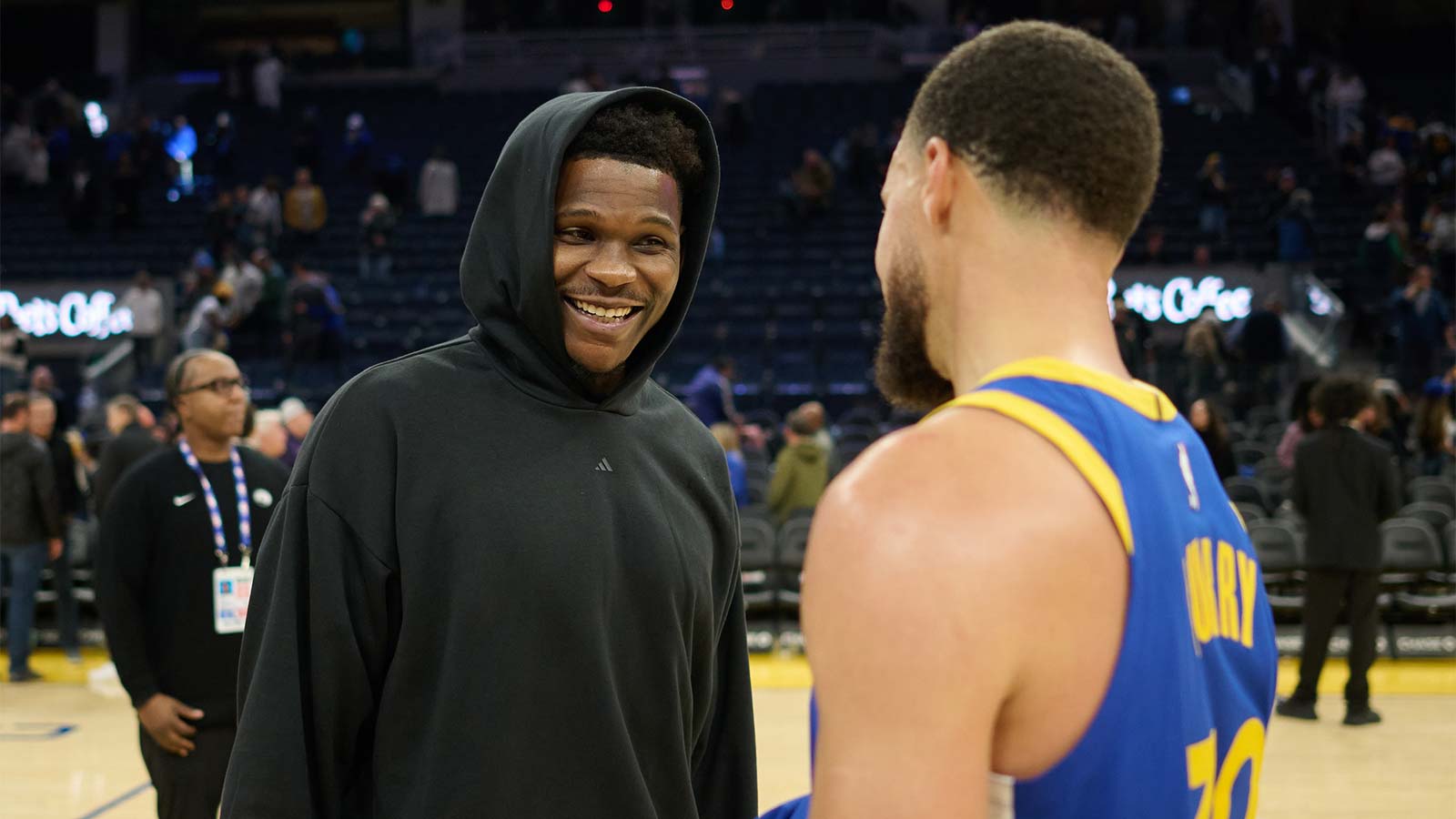The Minnesota Timberwolves came into the 2025 offseason not with a splashy rebuild or aggressive pivot, but a clear, measured plan: retain core talent, reinforce team chemistry, and maintain their upward trajectory. That focus on stability has paid dividends in regular-season success. But in the harsh, hyper-competitive world of the Western Conference, standing still often means falling behind.
Yet amidst that uncertainty, two names have emerged as the key to fully unlocking this roster’s next level: Terrence Shannon Jr., the Summer League standout, and Amir Coffey, the versatile, two-way wing who could be the perfect final free agency addition to Minnesota’s depth chart.
This summer, Minnesota prioritized re-signing Julius Randle on a three-year, $100 million deal, keeping Naz Reid in the fold, and bringing back veteran Joe Ingles. While the continuity is valuable, it has also left a gaping hole unaddressed: the point guard position. With Mike Conley nearing retirement and Rob Dillingham still adjusting to the professional game, the Timberwolves enter the 2025–26 season with a questionable backcourt situation, especially in playmaking and offensive orchestration.
Let’s examine both, and how one internal breakout and one shrewd acquisition could give Minnesota the balance it desperately needs.
The Timberwolves' point guard problem that can’t be ignored
The Timberwolves’ defensive identity and frontcourt power are well-established. Anthony Edwards is ascending into superstardom. Rudy Gobert remains an elite rim protector. Jaden McDaniels is a defensive ace. And now, Julius Randle adds a physical scoring presence at the 4. But the same issue that haunted Minnesota in their back-to-back Western Conference Finals exits persists: shot creation and fluidity when the game slows down.
Mike Conley, even at 37, is still a calming veteran presence. But asking him to carry heavy minutes in both the regular season and deep playoff runs is unrealistic. His legs aren’t what they used to be, and defenses now go under screens and dare him to shoot or drive, something he can't consistently punish at this stage.
Meanwhile, rookie Rob Dillingham brings excitement and flash but remains a work in progress. His Summer League moments were mixed; he displayed quickness and creativity but also struggled with decision-making, shot selection, and defensive discipline.
And so, the Wolves are in a bind: relying too much on Anthony Edwards to initiate offense will burn him out over 82 games and multiple playoff rounds. Randle and Reid are complementary scorers, not facilitators. Joe Ingles can pass, but lacks the burst. Minnesota needs one more player who can create, distribute, and compete physically.
Terrence Shannon Jr.: The internal answer?
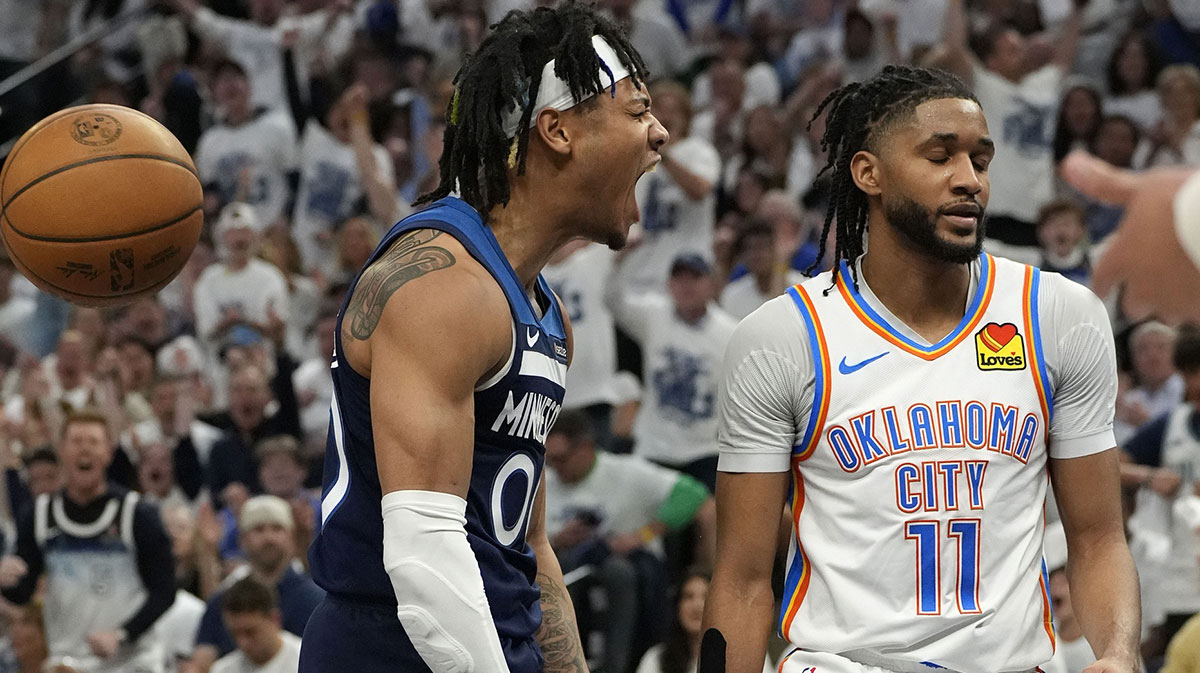
Enter Terrence Shannon Jr., whose Summer League performances have electrified the Timberwolves fans and raised eyebrows across the league. Through the first two games, Shannon looked like the best player on the floor, not just on his team, but in the entire contest.
In Game 1, Shannon put up 20 points, nine assists, and six rebounds, operating with poise and control. He ran the offense through multiple actions, found shooters in rhythm, and attacked the rim with his trademark explosiveness. Game 2 brought more of the same: 24 points, highlight-reel dunks, and a renewed sense of confidence.
The most encouraging development? Shannon’s passing. He’s always been a scorer, but in Vegas, he’s shown much-improved vision and patience. He’s making the “next” pass, manipulating defenders with his eyes, and initiating offense in both transition and half-court settings. That’s what Minnesota lacked in the playoffs: an assertive, secondary creator who could take pressure off Edwards.
it’s just the beginning. 👀 https://t.co/83LnzeXVSG pic.twitter.com/rc6PxtDYUa
— Minnesota Timberwolves (@Timberwolves) July 22, 2025
Defensively, Shannon has the tools to fit right in. At 6'6″, with a strong frame and lateral quickness, he can guard 1s through 3s and compete on switches. He’s a willing on-ball defender, and his high motor makes him a candidate for minutes alongside McDaniels and Gobert.
If Shannon’s growth is real, and early signs suggest it is, he could give the Timberwolves something they haven’t had since Ricky Rubio’s heyday: a connector at the guard spot who plays hard, passes smart, and defends with pride.
While it’s too early to anoint him the backup point guard, it’s not far-fetched to think Shannon Jr. could leapfrog into the rotation. At the very least, he’s positioned himself as a dark horse to fill the void left by Conley’s decline and Dillingham’s growing pains.
Amir Coffey: The external glue guy, the Timberwolves must target
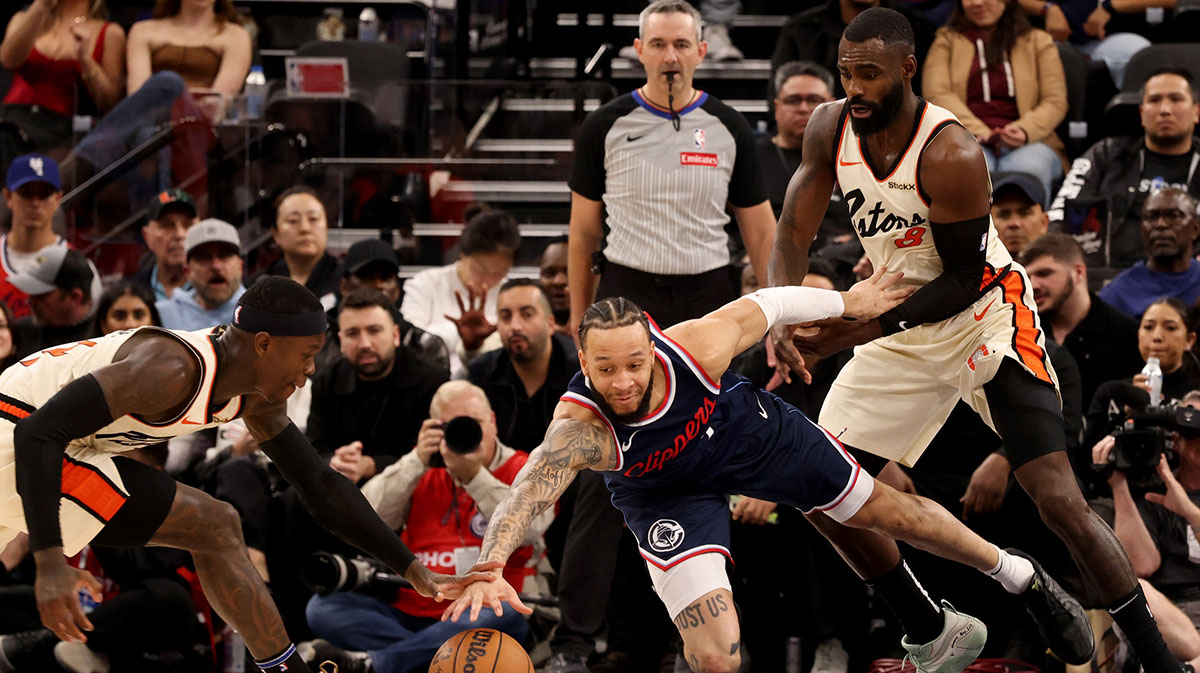
While internal development is crucial, the Timberwolves also need an external upgrade, particularly on the wing. That’s where Amir Coffey fits perfectly into the Timberwolves’ plans as the final, “glue guy” move of the 2025 offseason.
At 6'7″, Coffey is a rare archetype: a low-usage, high-efficiency wing who defends multiple positions, shoots the three at a high clip, and doesn’t demand touches. He had a breakout 2024-25 season with the Clippers, averaging 9.7 points per game on 40.9% shooting from three in 24.3 minutes. In 13 starts, his scoring jumped to 12.8 PPG while maintaining a scorching 43.4% clip from beyond the arc.
For a Timberwolves team that often struggles with spacing, especially when Gobert and Randle share the floor, Coffey would be a massive upgrade. He can slide between the 2 and 4 spots depending on matchups, and his shooting alone would command gravity from defenses. That would open up driving lanes for Edwards and Dillingham, while also giving Randle more room to operate on the block.
How is Amir Coffey still unsigned? pic.twitter.com/j7bsNc6UuO
— ZubacSZN (@213clipset) July 11, 2025
Coffey’s real value, though, is on defense. Minnesota relies heavily on Jaden McDaniels to guard the best opposing wing every night. That wears down even the most elite stoppers throughout a season. Coffey would give head coach Chris Finch another switchable defender who can take on tough matchups, play within the scheme, and help reduce McDaniels’ load.
Even better, Coffey doesn’t need the ball. He thrives on smart cuts, corner threes, and opportunistic transition buckets. He’s the type of role player championship teams crave, someone who boosts your stars by doing the little things without needing plays run for him.
From a financial standpoint, Coffey’s price tag shouldn’t break the bank. The Timberwolves are already locked into significant money with Edwards, Randle, Gobert, and McDaniels. But Coffey can likely be in the $7–10 million range via sign-and-trade or cap exceptions. Given their current cap situation, a non-taxpayer mid-level exception or trade involving non-core pieces could make it happen.
Completing the roster without compromising the Core
The Timberwolves don’t need to reinvent the wheel. Their core is solid:
-
Anthony Edwards, ascending superstar.
-
Julius Randle, a proven scoring forward.
-
Rudy Gobert, the defensive anchor.
-
Naz Reid, a spark plug off the bench.
-
Jaden McDaniels, elite perimeter defender.
-
Mike Conley, steady veteran leader.
-
Rob Dillingham, high-upside rookie scorer.
What they lack is a guard who can share creation duties (enter Shannon Jr.) and a versatile wing who can connect lineups (enter Coffey). Adding Coffey and elevating Shannon Jr. gives them optionality in every lineup construction:
-
Need a defensive boost? Run Coffey and McDaniels alongside Edwards.
-
Want to push the pace? Insert Shannon at point with Reid as the small-ball 5.
-
Facing a physical playoff matchup? Use Coffey’s length and experience to hold the line.
This approach also allows Minnesota to ease Conley into a lighter role, give Dillingham more time to develop, and avoid overloading Edwards with playmaking duties.
The Timberwolves are close. Very close. But close doesn’t win championships, complete rosters do.
The 2025 NBA offseason has been a mixed bag for Minnesota. Locking in Randle, Reid, and Ingles shows a commitment to winning now, but the lack of urgency at the guard spot remains a concern. Terrence Shannon Jr.’s emergence might soften the blow, but they still need one more move to round out the roster.
Acquiring Amir Coffey is that move. He’s the type of do-it-all wing who elevates lineups, doesn’t demand usage, and helps turn great teams into elite ones. Pairing him with Shannon Jr.’s rise would not only address the Timberwolves’ two biggest weaknesses, ball-handling and wing depth, but also give them the flexibility to contend deep into the postseason.
Don’t chase stars. Chase balance. If the Timberwolves do that, their next playoff run may not end in heartbreak; it may end in history.

